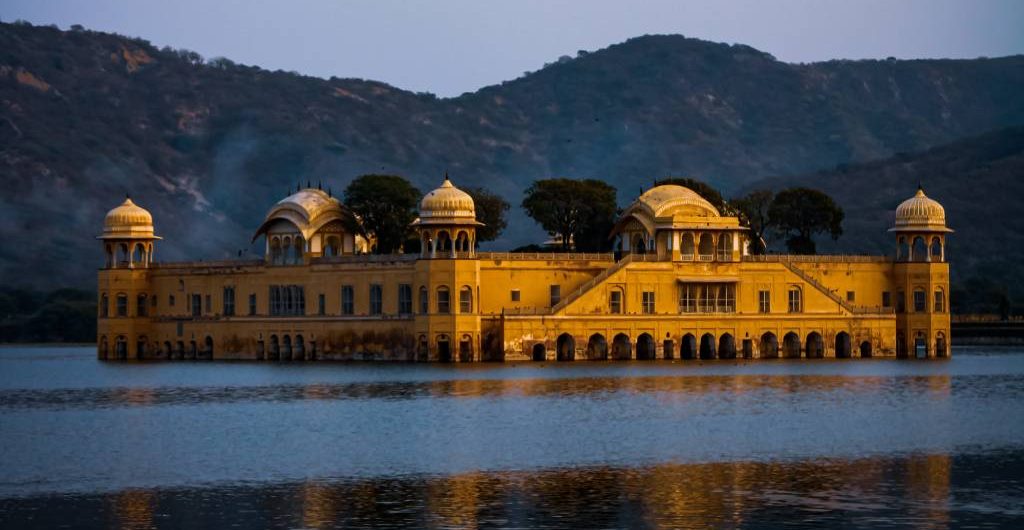
Jaipur, often referred to as the “Pink City,” is a city of immense historical and cultural significance located in the northwestern Indian state of Rajasthan. Founded by Maharaja Sawai Jai Singh II in 1727, Jaipur stands as a testament to the grandeur and opulence of Rajasthan’s royal heritage. This enchanting city is renowned for its majestic palaces, vibrant bazaars, and a rich tapestry of traditions that have endured through centuries.
Historical Significance
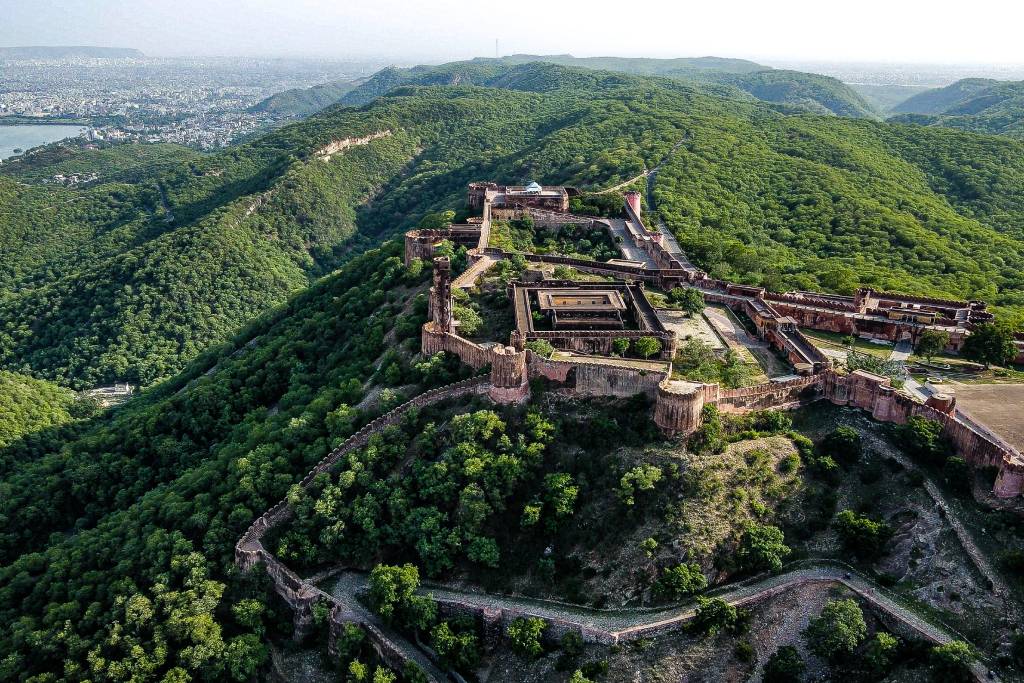
Founding of Jaipur by Maharaja Sawai Jai Singh II Jaipur owes its existence to the visionary Maharaja Sawai Jai Singh II, who decided to establish a new capital city due to the growing population and political changes in the region. The city’s meticulously planned layout, with its grid-like streets and iconic pink buildings, reflects Jai Singh’s foresight and urban planning prowess.
Role in Rajasthan’s History and Culture Jaipur has played a pivotal role in the history of Rajasthan and India. As the capital of the princely state of Jaipur, it served as an important center of governance and culture. Today, it stands as a symbol of Rajasthan’s vibrant heritage, attracting tourists and historians alike.
- Hawa Mahal (Palace of Winds): This intricately designed palace with its latticed windows was built to allow royal women to observe street festivals and processions while remaining unseen.
- City Palace: A sprawling complex that blends Rajput and Mughal architectural styles, housing museums and the royal residence.
- Amber Fort: A hilltop fort with stunning architecture, intricate mirror work, and panoramic views of the surrounding landscape.
- Jantar Mantar: An astronomical observatory and UNESCO World Heritage Site, featuring colossal sundials and instruments.
- Jal Mahal (Water Palace): A palace in the middle of Man Sagar Lake, known for its unique architecture and serene surroundings.
Geography and Climate
Geographical Location and Topography Jaipur is situated in the semi-arid region of Rajasthan, surrounded by the Aravalli Range. Its geographical location has influenced its climate, culture, and architecture.
Climate and Best Time to Visit Jaipur experiences extreme weather conditions, with scorching summers and chilly winters. The best time to visit is during the winter months, from October to March, when the weather is pleasant and ideal for exploring the city’s attractions.
Natural Attractions in and Around Jaipur While known for its architectural marvels, Jaipur also boasts natural beauty. Nearby attractions like Nahargarh Biological Park and Sambhar Lake provide opportunities for wildlife enthusiasts and birdwatchers to experience the region’s biodiversity.
Cultural Heritage
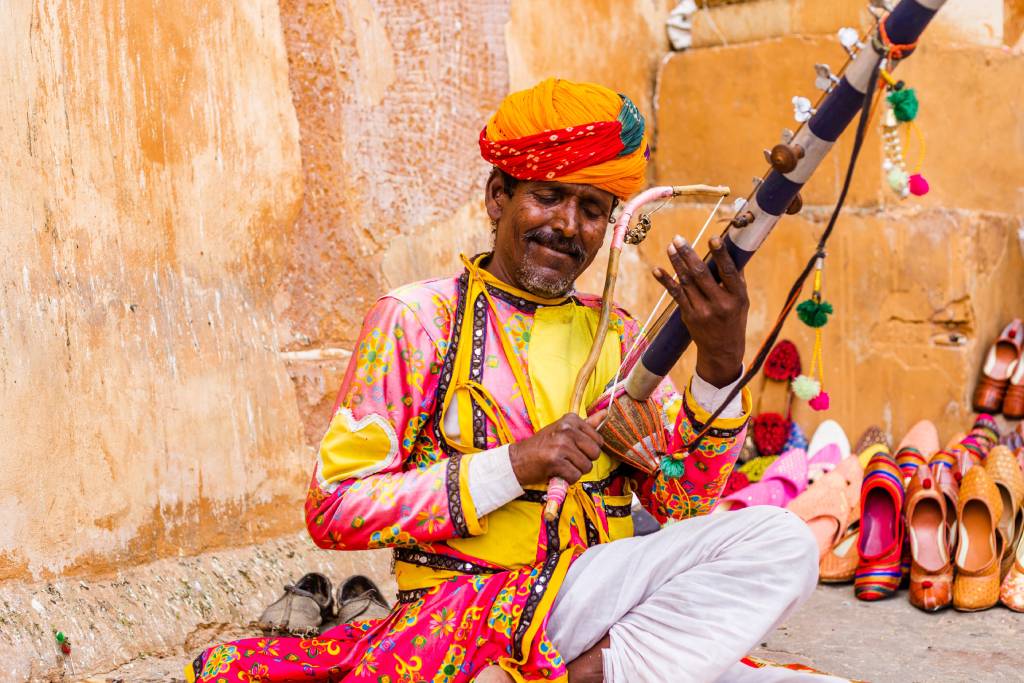
Rajasthani Culture and Traditions Jaipur is a melting pot of Rajasthani culture. Visitors can witness traditional folk dances, music performances, and colorful attire that reflect the vibrant spirit of the region.
Festivals and Events Celebrated in Jaipur Jaipur celebrates festivals with unparalleled fervor. The city comes alive during festivals like Diwali, Holi, and Teej, offering visitors a chance to immerse themselves in the joyous celebrations.
Cuisine and Culinary Specialties Rajasthani cuisine is a highlight of Jaipur’s cultural heritage. From delectable Dal Baati Churma to mouthwatering Ghewar, the city offers a rich culinary experience that tantalizes the taste buds of every food enthusiast.
Architectural Marvels
The Pink City: Jaipur’s Unique Urban Planning One of Jaipur’s most distinguishing features is its “pink” urban landscape. This color scheme was adopted in 1876 to welcome Prince Albert, and it remains a defining characteristic of the city, contributing to its unique charm.
Landmarks and Monuments
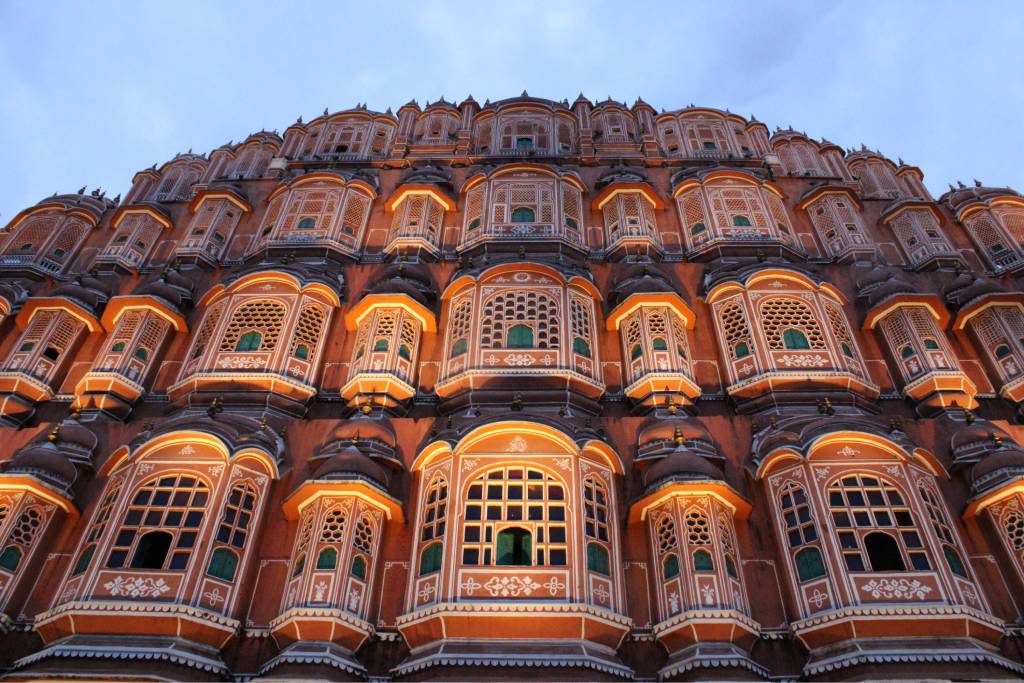
- Hawa Mahal (Palace of Winds): This five-story pink sandstone structure features 953 small windows (jharokhas), intricate lattice work, and a captivating façade.
- City Palace: A stunning complex comprising courtyards, museums, and the Chandra Mahal, the royal residence.
- Amber Fort: The majestic fort features artistic elements like the Sheesh Mahal (Mirror Palace) and the Diwan-i-Khas (Hall of Private Audience).
- Jantar Mantar: A collection of architectural astronomical instruments, including the world’s largest stone sundial.
- Jal Mahal: The picturesque Water Palace set amidst the tranquil waters of Man Sagar Lake.
Jaipur’s Contribution to Mughal and Rajput Architecture Jaipur showcases a seamless blend of Mughal and Rajput architectural styles, reflecting the city’s historical connections and cultural influences.
Arts and Crafts
Traditional Arts and Crafts of Jaipur Jaipur is renowned for its traditional art forms, including block printing, blue pottery, and miniature painting. The city’s skilled artisans produce exquisite handicrafts that make for excellent souvenirs.
Jaipur’s Role in the Gemstone and Jewelry Industry The city is a hub for gemstone cutting, polishing, and jewelry making. The famous Johari Bazaar is a testament to Jaipur’s status as a major jewelry center.
Handicraft Markets and Shopping Destinations Jaipur’s bustling markets, such as Johari Bazaar, Bapu Bazaar, and Tripolia Bazaar, offer a delightful shopping experience with a wide array of textiles, jewelry, handicrafts, and traditional Rajasthani attire.
Tourism and Hospitality
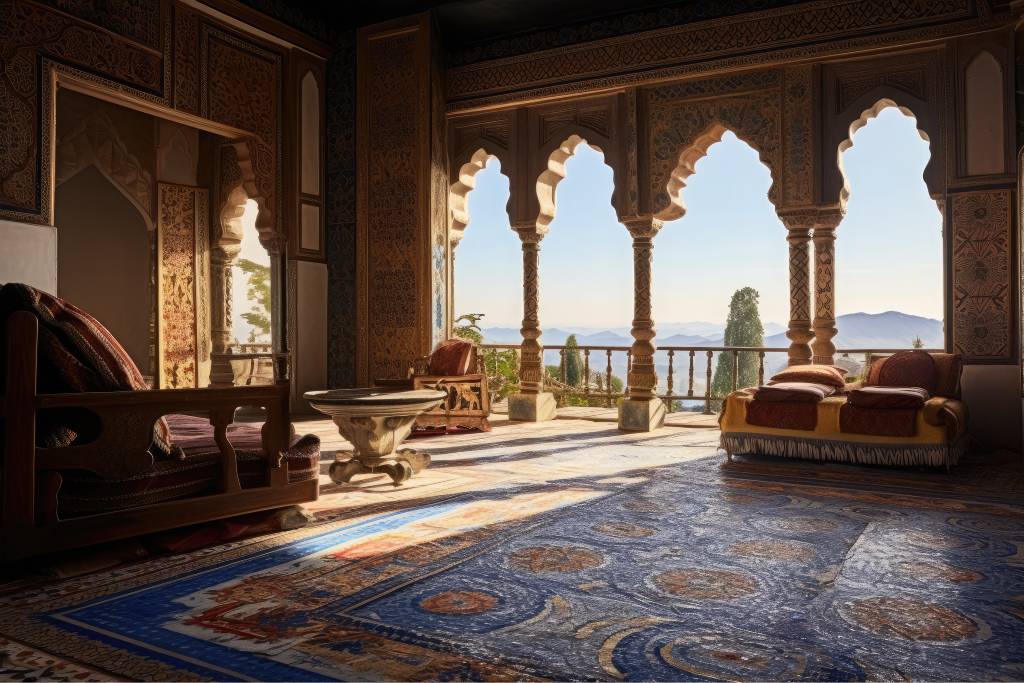
Popular Tourist Attractions and Activities Tourists flock to Jaipur to explore its historical sites, take elephant rides up to Amber Fort, and experience the vibrant culture through heritage walks and traditional performances.
Accommodation Options and Hospitality Industry Jaipur offers a wide range of accommodation options, from luxury hotels housed in palaces to budget-friendly guesthouses, ensuring that visitors have a comfortable stay.
Transportation and Accessibility The city is well-connected by road, rail, and air, making it easily accessible for travelers from across India and the world.
Modern Jaipur
Urban Development and Infrastructure Jaipur has witnessed significant urban development, with modern infrastructure projects aimed at improving the city’s livability and connectivity.
Economic Growth and Industries The city’s economy has diversified, with industries such as information technology, textiles, and tourism contributing to its growth.
Social and Cultural Dynamics in Contemporary Jaipur Contemporary Jaipur reflects a blend of traditional values and modern aspirations, creating a dynamic cultural landscape.